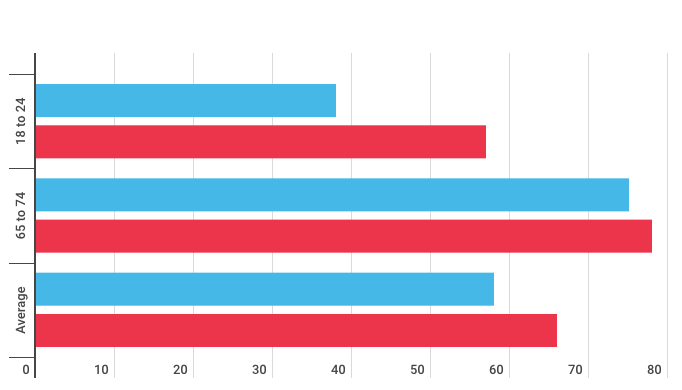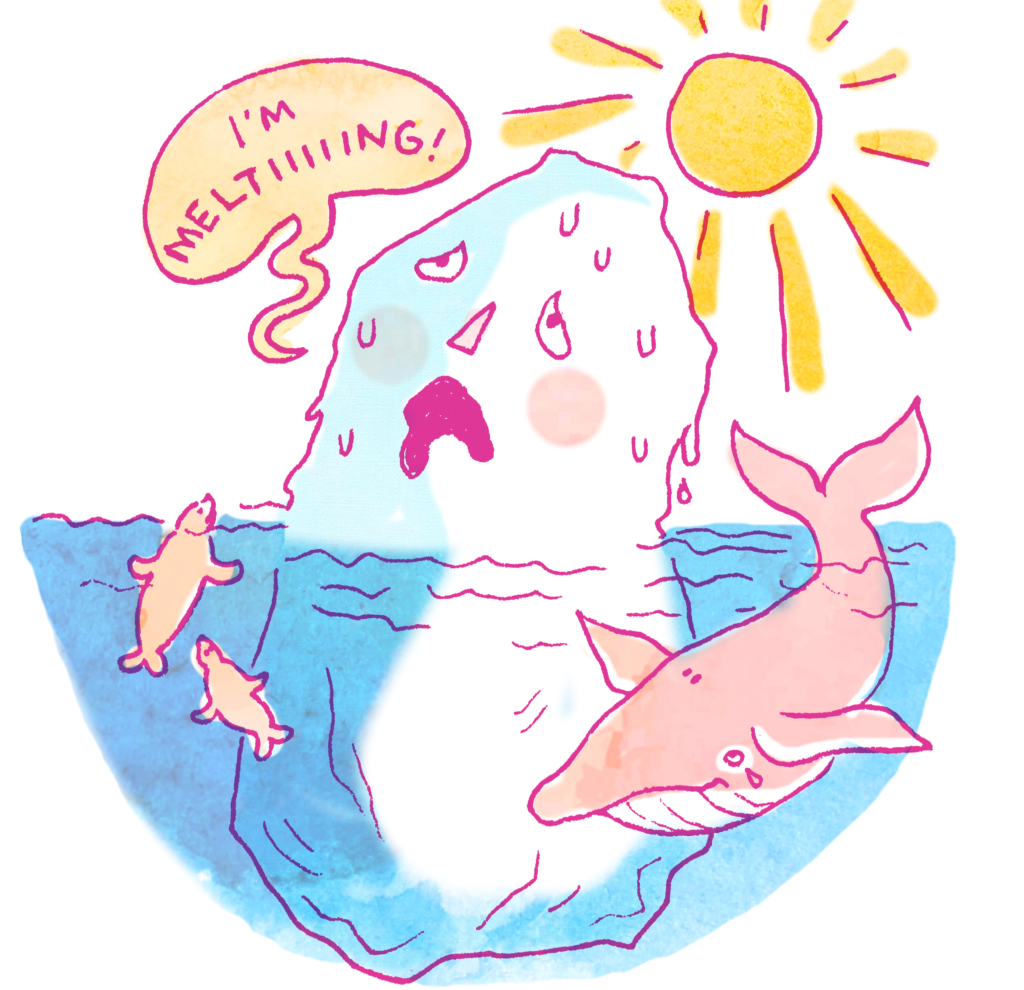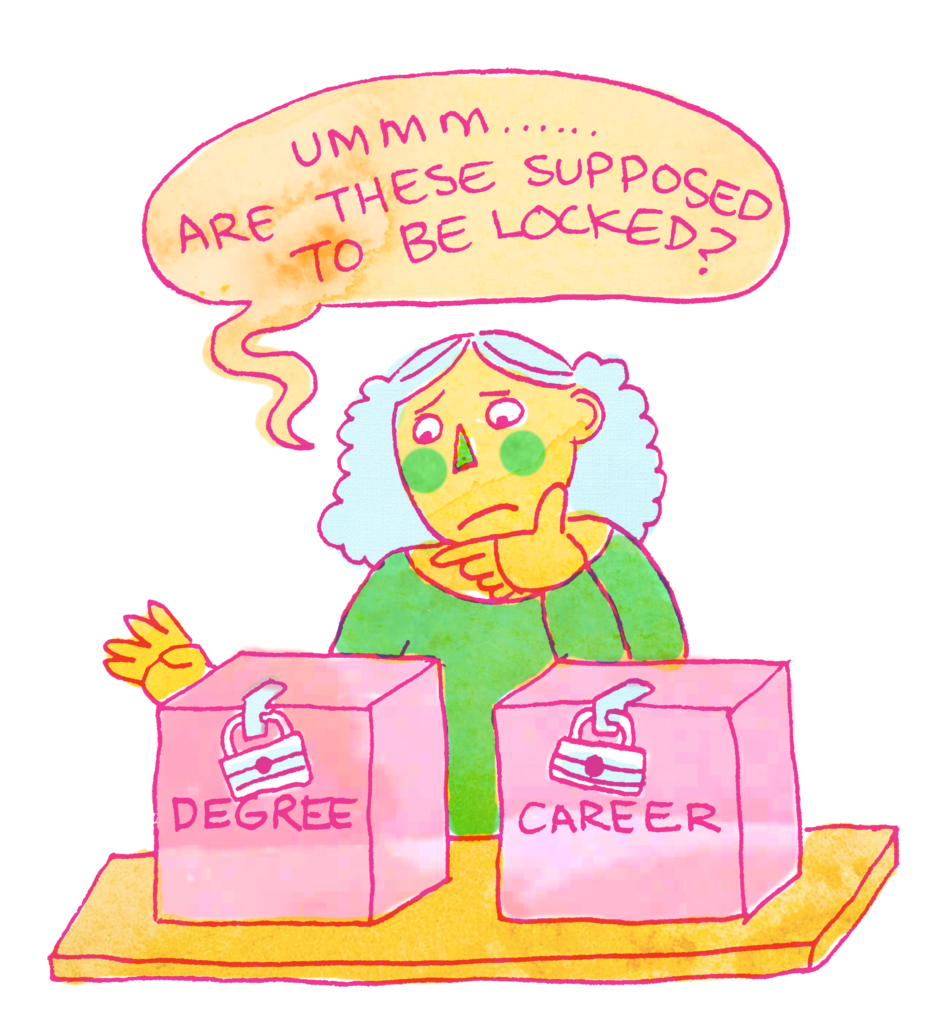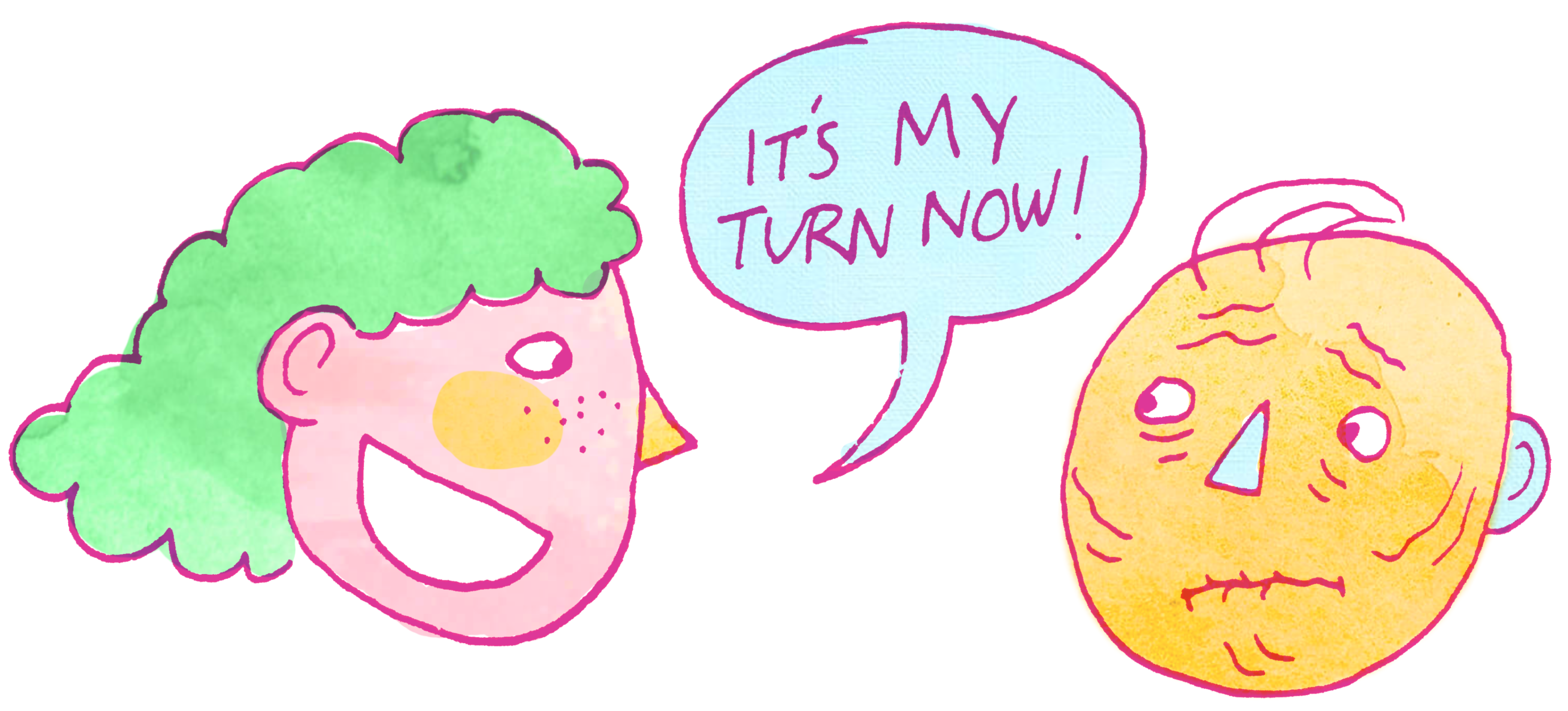With the climate strike behind us and climate change ahead of us, the 2019 federal election is gaining momentum ahead of election day on Oct. 21.
But while candidates and parties spend time on the campaign trail, some of the most important issues are the ones of interest to youth voters due to the size of the youth voting bloc.
According to a 2018 report by Abacus Data, an Ottawa-based research firm that specializes in voting trends, millennials will make up the largest voting bloc for the first time in this year’s elections.
Millennials are individuals born between 1980 and 2000, and according to the report, more millennials are now eligible to vote in Canada than baby boomers in these elections.
Getting young people to vote has always been a challenge. Statistics show that as little as 38.8 per cent of Canadians aged 18 to 24 showed up to the polls in 2011 compared to 75 per cent of Canadians aged 65 to 74. Although, the number of youth who voted in the 2015 election increased by 18.3 per cent to 57 per cent (which was below the national average of 66 per cent), getting young people to the polls is still a topic of concern for political parties and leaders.
Voter turnout 2011 vs. 2015 federal election

The reasons for lower youth voter turnouts are unclear, but Steve White, a Carleton University political science professor suggests that two key factors may be age and the generation during which people were raised.
“As you get older, you get educated, you find a job or a career, at some point you may have a family, have children, and all of those things make the stakes of politics greater,” said White.
There seems to be less of a sense of civic duty among younger people who do not vote, White added. The reasons for that are unclear, but it’s an international phenomenon, not just a Canadian issue, he said.
Voter apathy

The term voter apathy refers to when the public seemingly doesn’t care about voting, and it’s often applied to when voter turnout is low. According to White, voter apathy can be caused by a number of reasons.
“For some it can be cynicism, for others, a lack of political interest, and for others, still, it might be a sense that they can’t really have much of an impact,” he said.
In Statistics Canada’s 2016 Labour Force Survey, respondents were asked questions about whether or not they voted in the previous year’s election. Forty-eight per cent of respondents said they did not vote because of “everyday life and health reasons,” including being too busy, out of town, or due to an illness or disability.
Elections Canada is specifically addressing these issues in the upcoming election by creating several options for alternative voting, such as advanced polling, voting at any Elections Canada office, mail-in voting, and special ballot voting.
Forty-eight per cent of respondents said they did not vote because of “everyday life and health reasons,” including being too busy, out of town, or due to an illness or disability.
Some of the special ballot voting options include voting options for people in intensive medical care, polling stations at correctional facilities, and voting on university campuses for students who will not be in their home ridings on election day. There will be a polling station on campus at Carleton University, open from Oct. 5 to 9.
Another major reason why respondents say they didn’t vote was for political reasons–specifically, a lack of political interest. For respondents ages 18 to 24, 38 per cent said they didn’t vote for political reasons.
Goodbye Apathy
Several organizations, political parties, and activists are working hard to mobilize young people and encourage them to vote. One of these groups is Apathy is Boring. Established in 2004, Apathy is Boring is a Montreal-based, non-partisan group that works to engage young people in Canadian democracy.
Samantha Reusch is the organization’s research and evaluations manager.
 Elections Canada has done a good job of addressing the accessibility barriers of voting by creating many different ways to vote, she said. But according to her, the main challenge for the organization is addressing motivational barriers and convincing young people to get out to the polls.
Elections Canada has done a good job of addressing the accessibility barriers of voting by creating many different ways to vote, she said. But according to her, the main challenge for the organization is addressing motivational barriers and convincing young people to get out to the polls.
Part of Apathy is Boring’s work involves normalizing voting habits among youth. According to Reusch, it’s important for young people to get in the habit of voting so that youth issues can specifically be addressed and become central to election campaigns.
“The issue is actually a cycle that comes into play when you’re looking at how youth don’t vote, so politicians don’t speak to issues youth care about,” she said. “What we do in our work is actually trying to break that negative cycle.”
“We’re not trying to raise awareness the way activists do in some fields, we’re focused on changing and shifting behavior.”
A quarter of Canada’s electorate, about seven million people, are youth voters. Reusch says that it’s important to ask people who aren’t sure about voting to go out to the polls, because it will increase their likelihood of actually doing it.
A quarter of Canada’s electorate, about seven million people, are youth voters.
“Simply by asking someone to get out and vote, you increase their likelihood immediately,” she said.
Apathy is Boring is not the only organization aiming to mobilize young voters. Future Majority, established in 2018, emphasizes the fact that youth voters are the largest group of voters, and should be the most powerful voting block in the 2019 election. Ahead of the election, they launched govotecanada.ca, a website that provides information on who youth can vote for, and where and how to vote. It also uses polling numbers to show the potential impact youth can have on individual ridings.
One of the tools the website provides is a survey for undecided voters to get an idea of which party they should vote for. The tool lets you pick your top three political issues from a list that includes climate change, healthcare, Indigenous rights, and LGBTQ2+ issues.
For each issue you select, you can choose from one of four policy solutions. Once you’ve made your selections, the website will tell you which party’s platform each of your choices most accurately reflect.
One of the biggest ways young people have mobilized is through the Global Climate Strike, which took place in cities across Canada and the world. Over 20,000 people in Ottawa took to the streets downtown to be a part of the march here, according to Ottawa Police.
What are the options?
With all this talk about the importance of youth voters and an all-candidates debate for Carleton University students held recently, what are some of the most pressing issues that students care about when making the decision to vote? The Charlatan breaks down the biggest student issues in the 2019 federal election and the party platforms addressing them.
Climate Change
 In September 2019, Hope not Hate, an international organization focused on anti-fascism, polled over 11,000 people across eight countries that have an important role to play in tackling the climate crisis, including Canada. The survey found that most people place climate breakdown as the world’s number one priority–ahead of migration, terrorism, and the global economy–and only 21 per cent of people feel their country is doing enough to combat climate change.
In September 2019, Hope not Hate, an international organization focused on anti-fascism, polled over 11,000 people across eight countries that have an important role to play in tackling the climate crisis, including Canada. The survey found that most people place climate breakdown as the world’s number one priority–ahead of migration, terrorism, and the global economy–and only 21 per cent of people feel their country is doing enough to combat climate change.
Just over half of the Canadians polled also said they would be more likely to vote for a political party or candidate who promised to cut the country’s overall greenhouse gas emissions by 2050. So what are the parties promising when it comes to addressing climate change?
Liberals: According to a Sept. 24 media release, a re-elected Liberal government will exceed Canada’s 2030 emissions goal and commit Canada to net-zero emissions by 2050. In a visit to Montreal on Sept. 27, incumbent Prime Minister Justin Trudeau also promised that a re-elected Liberal government will use revenues from the Trans Mountain pipeline to cover a $3-billion plan to plant two-billion trees.
Other platform points include federal investments in public transit to support zero-emission buses and rail systems, starting in 2023 and require federal buildings to be powered completely by clean electricity by 2022.
Conservatives: According to a Sept. 30 article by CBC, the first climate-related announcement from the Conservatives promised to give Canadians up $3,800 each year over the next two years to complete green-friendly home renovations like replacing windows and doors, installing solar panels or upgrading ventilation. However, Conservative Leader Andrew Scheer has strongly opposed a carbon tax, and has repeatedly defended the oil and gas industry. If elected, Scheer said he will repeal the carbon tax.
The Conservatives also plan on combating climate change by setting emissions standards for major emitters that produce more than 40 kilotonnes per year of greenhouse gases, requiring them to invest in private-sector research and development of green technology.
NDP: The New Democrats under Jagmeet Singh will tackle climate change by reducing Canada’s greenhouse gas emissions to 450 megatonnes by 2030, a 37 per cent reduction from 2017 levels, set a target to power Canada with net carbon-free electricity by 2030 and move to 100 per cent non-emitting electricity by 2050, ban single-use plastics by 2022 and eliminate fossil fuel subsidies immediately.
Singh is currently facing criticism for his changing positions on the construction of pipelines. In a Sept. 27 letter in the Ottawa Citizen, Shachi Kurl, executive director of the Angus Reid Institute, an independent research institute, writes that the NDP leader “initially told CBC that as prime minister, he would not impose pipeline projects on provinces that don’t want them. The NDP leader then bristled at the suggestion that this would effectively give the provinces a ‘veto’ over endeavours that are clearly the jurisdiction of the federal government. He instead says he wants to work with provincial, municipal, and first nations governments to get them to yes.”
Green Party: The Green Party under Elizabeth May said it will cancel the Trans Mountain pipeline and eliminate all fossil fuel subsidies, including payments and tax write-offs. It will also double Canada’s emissions reduction target to 60 per cent by 2030 and have 100 per cent of Canada’s electricity come from renewable sources by 2030.
Other platform points include a ban on the production, distribution, and sale of all unnecessary single-use plastics by 2022, and a commitment of $100 million annually over the next four years to create Indigenous-led protected and conserved areas.
As a way of voicing student opinion and encouraging students to vote in these elections, the Canadian Federation of Students (CFS) launched its Time to Be Bold campaign earlier this year.
According to the campaign report, tuition fees have more than tripled since 2001 as public funding for post-secondary has dropped below 50 per cent. In addition, total interest paid by a borrower to the Canada Student Loans Program in financing $30,000 of student debt over 10 years in 2017 was over $10,000.
Helyeh Doutaghi, the CFS representative from Carleton’s Graduate Students’ Association
(GSA), said an increased student voter turnout will bring student issues to the forefront in these elections.
Education

“There is a crisis in post-secondary education. While Canada ranks among the top countries in the world for its proportion of citizens with post-secondary education training, this ‘access’ has come at a tremendous and increasing cost,” Doutaghi said.
“Students are incurring more debt than ever before while confronting decreases in the quality of education.
“We need to participate and hold politicians accountable for the issues we are facing,” Doutaghi added.
How does each party aim to address the increasing costs of debt from post-secondary education?
Liberals: The party will increase the Canada Student Grant by up to $1,200 per year, offer students a two-year window after graduation before they start paying off student loans, interest-free, and delay student loan repayments until graduates make at least $35,000. If their income ever falls below this level, payments will be put on hold.
Other platform points include pausing student loan repayments for new parents, interest-free, until their youngest child turns five-years-old, and establishing the Université de l’Ontario français.
Conservatives: No specific proposals yet.
NDP: The party will eliminate interest on the federal portion of student loans, increase access to Canada Student Grants, and invest in bringing all schools on First Nations reserves up to provincial standards, fulfilling the “Shannen’s Dream” parliamentary motion of 2012.
Green Party: The party said it will eliminate post-secondary education tuition, forgive existing student debt held by the government, and remove the two per cent cap on increases to education funding for Indigenous students.
Skills and employment
According to the Time to Be Bold campaign report, post-secondary education is a necessity for over 70 per cent of new jobs in Canada today. Yet in 2015, 60 per cent of students came from the upper 40 per cent of income earners, and lower-income students pursuing post-secondary education today are at a tremendous cost.
When it comes to graduate students, Doutaghi said that structural employment issues make Canada second-to-last among peers for PhD graduation rates, which needs to change.
What do the parties have in their plans when it comes to skills and employment?
Liberals: The party will create a Canadian Apprenticeship Service that will provide up to $10,000 per apprentice, over four years, for every new position created, and provide up to 2,000 entrepreneurs a year with as much as $50,000 to launch a new business.
Other platform points include an investment of $100-million in skills training to ensure there are enough qualified workers to keep up with energy audits and net-zero home construction.
Conservatives: No specific proposals yet.
NDP: The party said it will ban unpaid internships outside of educational programs, and overhaul employment insurance (EI) by setting the qualification threshold at 360 hours to cover more workers while creating a new worker’s development and opportunities fund to expand training options beyond those who qualify for EI.
Green Party: The party said it will ban unpaid internships in private sector workplaces, with the exception of work-study or experiential learning placements as part of for-credit courses at post-secondary institutions, establish a Canadian Sustainable Generations Fund for investments in trades, apprenticeships and education required to transition to a green economy, and create a Community and Environment Service Corps as part of the federal Youth Employment and Skills Strategy.
Both sides of the aisle
All political parties are trying to get young people involved in their campaign efforts.
One of the main issues conservative youth are largely concerned about is affordable housing, said Braedan de Bakker, a law student and president of the Carleton Conservatives.
“My ability in the future as well as people my age and upwards to afford a home just almost seems like a pipe dream,” de Bakker said. “This is an issue many people will be taking into account to their voting.”
On the other side of the political spectrum, Joanna Sivasankaran is a fourth-year journalism student and president of the Carleton Young Liberals. Young liberals are focused on other issues such as climate change and poverty reduction, she said.
“In the past four years, we’ve done a lot to move forward on a lot of important agenda items,” she said. “Basically, I don’t want to move backwards.”
Although de Bakker and Sivasankaran have different perspectives on issues and solutions, both of them said they recognize that young people tend to be less interested in politics, and that it is important for the youth to get involved.
“Governments who aren’t elected by young people make decisions that don’t benefit young people,” Sivasankaran said. “You’ll have a whole bunch of things that will benefit elderly people because elderly people are a cohort that always goes out and votes.”
Policy affects young people and it’s up to the youth to take advantage of their democratic rights, said de Bakker.
“Sitting on the sidelines and saying ‘this doesn’t affect me’ is not at all what actually occurs in reality,” he said. “You have the power to have a say in it, so you should take advantage of that, whereas so many other people in the world don’t have that power.”
Voters can cast their ballot at their local polling station on Oct. 21 or at any time prior to the Tuesday before election day at an Elections Canada office. Any registered voter, including those living abroad, can also vote by mail.
At Carleton, students can cast their ballot on advanced polling days that will take place from Oct. 5 to 7 in Fenn Lounge in Residence Commons.
Graphics by Paloma Callo.






